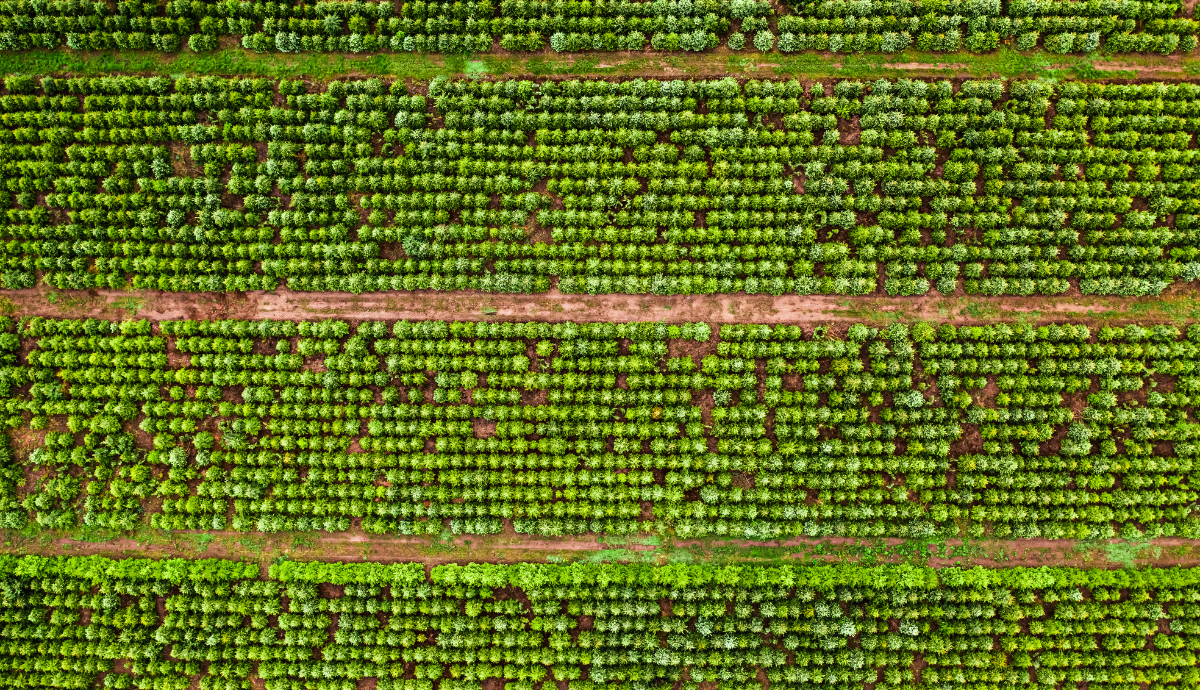CRCF Background
To achieve its climate neutrality target by 2050, the EU must significantly reduce emissions and scale up carbon removals. As part of this strategy, the EU has developed the Carbon Removals and Carbon Farming Regulation (CRCF).
By establishing EU quality criteria and defining robust monitoring and reporting processes, the CRCF Regulation will facilitate investment in innovative carbon removal technologies, as well as sustainable carbon farming solutions. The CRCF aims to create incentives for scaling carbon removals across the European Union to support the EU’s Nationally Determined Contribution (NDC) under the Paris Agreement.
Carbon farming, a central pillar of the CRCF, intends to generate qualitative certified removal credits and create new income streams for farmers by enhancing carbon sequestration in soils and vegetation through sustainable land management practices.
Permanent carbon removal refers to human activities that extract CO₂ from the atmosphere and store it securely and durably for several centuries. Examples include:
- Direct Air Carbon Capture and Storage (DACCS);
- Bioenergy with Carbon Capture and Storage (BECCS) and other biomass-based carbon capture technologies (BioCCS);
- Chemically binding CO2 permanently into products;
- Other technological solutions that enable long-term carbon storage.
Large-scale deployment of permanent carbon removals requires the rapid development of cost-effective and socially beneficial permanent carbon removal technologies.
The CRCF Regulation (EU/2024/3012) was published in the Official Journal of the EU on 6 December 2024.
Steps Towards Certification
|
Dec 2024 |
Entry into force of CRCF |
Regulation (EU) 2024/3012 of the European Parliament and of the Council of 27 November 2024 |
|
2025 |
Proposal of certification methodologies for permanent removals Proposal for implementing act on verification and registries |
DACCS BioCCS Biochar |
|
2026 |
Start of certification |
EC recognition of certification schemes First issuance of certified units |
|
2028 |
Start of EU registry |
CRCF Current Status
In September and October 2024, the European Commission released its initial draft methodologies for certifying various types of mitigation activities. These methodologies outline how CRCF units should adhere to the four quality principles under the CRCF: additionality, robust quantification, permanence, and environmental sustainability.
Following input from an Expert Group, the Commission presented revised methodologies in March and April 2025. An analysis from Oeko Institute concluded that the methodologies set a lower standard than the Article 6.4 Paris Agreement Crediting Mechanism. They also fail to meet the criteria established by the Integrity Council for the Voluntary Carbon Market (ICVCM), the Carbon Credit Quality Initiative, or Clean Development Mechanism (CDM), the latter of which has been excluded from EU mechanisms due to integrity concerns.
Earlier this month, the European Commission Expert Group convened for a series of meetings to discuss the second drafts of the CRCF carbon farming methodologies concerning:
- Agriculture and agroforestry on mineral soils;
- Peatland rewetting and restoration;
- Planting of trees.
The Commission has initiated a stakeholder survey, in collaboration with Wageningen University & Research (WUR), Trinomics, the Institute for European Environmental Policy (IEEP), and Ricardo. The purpose of this survey is to gather feedback on the individual CRCF methodologies, and it will remain open for submissions until Friday, June 13th.
European Commission Workshops on Perspectives on a Purchasing Programme for CRCF Credits
European Commission hosted two workshops on purchasing programs for carbon farming and carbon removals under the CRCF on 20 and 21 May 2025. The objective of the Permanent Carbon Removal workshop was to stimulate demand, understand the motivations and requirements of private and Member State buyers of carbon dioxide removal (CDR) credits, and inform the design of an EU-level purchasing programme for permanent CDR.
Seven policy options, developed by the Ecologic institute based on existing policy frameworks and academic literature, were introduced to drive demand for permanent CDR. Among these, the EU-coordinated Buyers’ Club, the EU Removals Fund, and Member States' Centralised Procurement Agency were identified as promising short-term policy options to procure removals and support both market formation and technological innovation.
Figure 1Blueprint for an EU purchasing programme policy (2025-2030)
In light of evolving EU policy needs, short-term measures (before 2030) should prioritize rapid deployment of technologies and maximize available funding, while medium-term strategies (2030–2040) should focus on developing robust markets and integrating into the broader policy landscape.
Workshop participants emphasized the critical importance of the ongoing EU Green Claims Directive, which sets new requirements for substantiating corporate environmental claims, in ensuring robust demand for CRCF credits. They strongly advocated for alignment between the CRCF, the Green Claims Directive, and non-financial reporting obligations under the upcoming Sustainability Omnibus Regulation.
